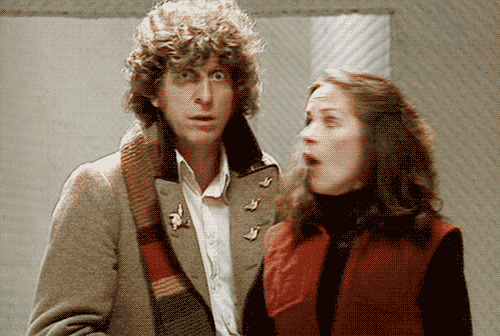Is there anything you can hang on a living room wall that screams mid-century, middle class suburbia more than a trio of ceramic ducks?
I’d argue no.
But how did this come to be? Where did these mysterious waterfowl originate and why do they still hold such appeal?
Kitsch History
It all begins in the home of English pottery, Stoke-on-Trent, at the Beswick Factory. In 1938 they started producing wall mounted Mallard ducks in five sizes (as well as swans, kingfishers, swallows and a variety of other birds).
Beswick figurines were at the “affordable” end of the home decor market and in the post-war period the Mallards were hugely popular amongst the growing middle class, so much so that they were a stock item that continued to be produced by the factory right up until 1973.
Their most famous association, and one which probably secured their iconic status, is with Coronation Street where they graced the wallpaper mural or “muriel” of one Hilda Ogden.
By 1976, when they made their first appearance at the Ogden home the ducks had already been flying for nearly forty years (and boy were their wings tired). As a working class couple the Ogden’s ducks were probably meant to represent Hilda’s middle class aspirations, but it’s hard to imagine that viewers who grew up with similar ducks in their parents’ homes would have considered them anything but kitsch or even a bit naff.
The ducks made their last appearance on the show in 1987 when the Ogdens moved out. During the episode Hilda explained their importance in a typically dark, northern fashion –
“I’ve come in here more times than I care to remember. Cold. Wet. Bone tired. Not a penny in me purse. And seeing them ducks and that muriel… well they’ve kept me hand away from gas tap. And that’s a fact.”
By that time the ducks were so beloved that the Ogden living room wall, complete with Mallards, became a feature set in the Granada Studio Tour when it opened the following year. When a commemorative 40th anniversary Coronation Street Monopoly set was created in 2000 the ducks were given their own square.
Three flying ducks even made an appearance in the most unlikely of places, namely Dr Who’s lapel in the 1979 4 episode storyline entitled The Power of Kroll.
I know. You’re shocked. But hush.

Flying ducks are experiencing a further resurgence in popularity as yet another generation experiences the nostalgia and joy of “putting a bird on it”.
Retro rebooted
Though they may have had humble beginnings original Beswick ducks are now highly sought after collector items with complete sets fetching hundreds of dollars. So it’s just as well that there are other more affordable options available for those hankering after a bit of ducky kitsch.
(This article was originally published on the now defunct Cake Oven website)
Thank-you for the info on these birds! I’m 22 and I’m in a group on Facebook called ‘old time photos of yesteryear’ and I wanted to know why I recognised them, and why so many people had them in that group! Your page was the first one I saw on the history about it after a whole bunch of Etsy and gumtree listings!
Thanks again!
Hello! Or rather should I say, Kia ora! My godparents had mallard ducks on their kitchen wall and that was the only home I’ve ever seen them as an element of the decor. Now I’m looking for authentic antique ducks for my kitchen wall to fondly remember the loving times I spent there. Ebay here I come!
The punk band The Vibrators wrote a song called ‘The flying duck theory’ regarding the symbolism of the three flying ducks in the banality of 1970s suburbia
Ha! Nice!
Great write up. Well researched and accurate. The ducks are indeed a cliché for kitsch and all the snobbery that go with such trash. I’m surprised they had Coronation Street in NZ!
Thank you for this history of the ducks.I really enjoyed it. I have just purchased a 1950’s home and there was only one decor item that would work on the wall above the mantelpiece …flying ducks..and yesterday we found five chalk based pottery ducks in teal blue, cream, and pale rose with wings aloft. They are perfect over the mantelpiece.
The “three plaster ducks” are also regularly referenced in the Discworld series of novels, generally as an indicator of kitsch.